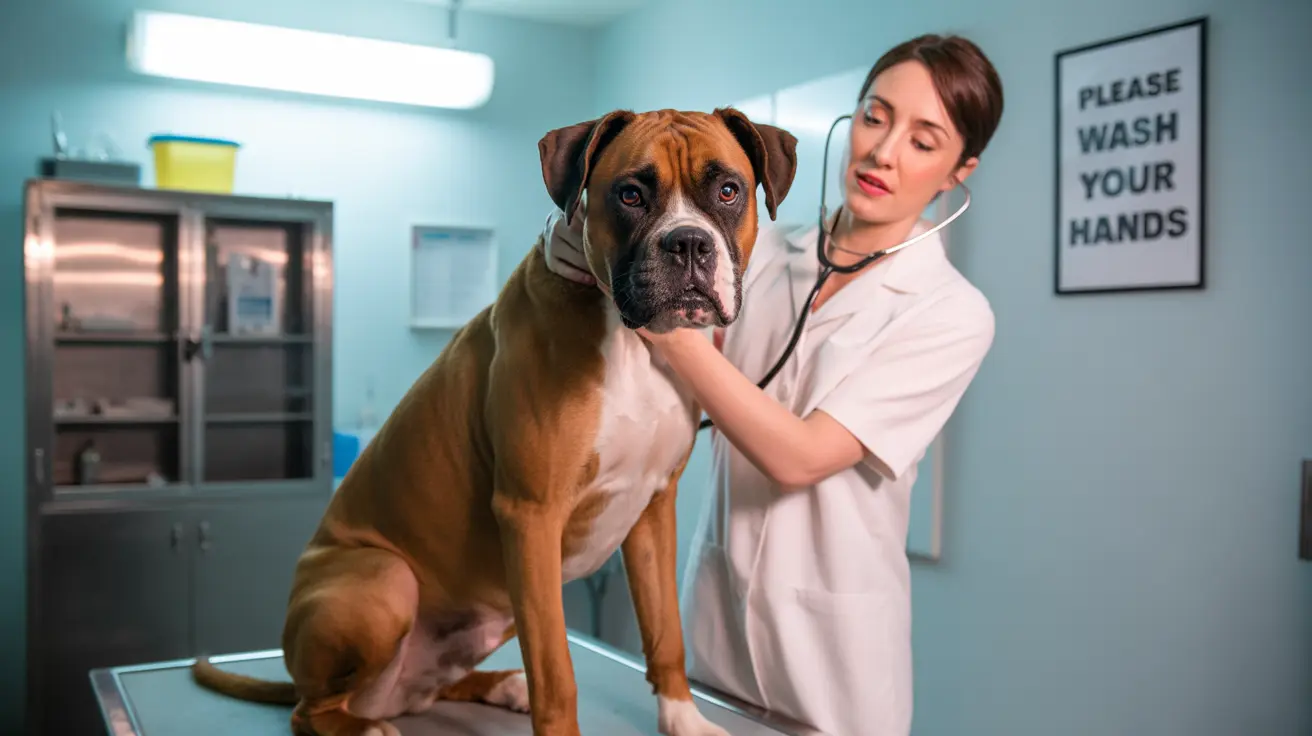When it comes to our canine companions' health, skin cancer in dogs' ears is a serious condition that requires vigilant attention from pet owners. While relatively uncommon, these cancers can pose significant health risks due to the delicate nature of the ear's anatomy and its proximity to crucial structures in the head.
Early detection and proper veterinary care are crucial for managing ear cancers effectively. This comprehensive guide will help you understand the various aspects of skin cancer affecting dogs' ears, from recognition of early warning signs to treatment options and preventive measures.
Common Types of Ear Cancer in Dogs
Several types of cancer can affect a dog's ears, ranging from benign growths to aggressive malignant tumors. The most frequently encountered types include:
- Ceruminous gland tumors (arising from earwax-producing glands)
- Squamous cell carcinoma (particularly on the ear flap)
- Basal cell tumors
- Papillomas
Light-colored or thinly-furred breeds like Dalmatians, Boxers, and Bull Terriers face a higher risk of developing skin cancer on their ears due to increased UV exposure.
Recognizing the Warning Signs
Early detection of ear cancer significantly improves treatment outcomes. Watch for these key indicators:
- Unusual masses or lumps on the ear flap
- Persistent ear infections that don't respond to treatment
- Bloody or abnormal ear discharge
- Excessive head shaking or ear scratching
- Visible ulcers or sores that don't heal
- Foul odor from the ears
- Changes in ear appearance or texture
Diagnosis and Assessment
Veterinarians employ various diagnostic tools to confirm ear cancer, including:
- Physical examination and otoscopic evaluation
- Tissue biopsies and cytology
- Advanced imaging (CT scans or MRI)
- Lymph node assessment for potential spread
Treatment Approaches
Surgical Options
Surgery remains the primary treatment method for most ear cancers in dogs. Treatment options may include:
- Surgical removal of localized tumors
- Total ear canal ablation (TECA) for deep canal tumors
- Partial or complete pinnectomy for ear flap tumors
- Minimally invasive procedures when appropriate
Additional Therapies
Some cases may require complementary treatments such as:
- Radiation therapy for incomplete tumor removal
- Chemotherapy for metastatic disease
- Targeted medications for specific cancer types
- Pain management and supportive care
Prevention and Risk Reduction
While not all ear cancers are preventable, these measures can help reduce risk:
- Regular ear examinations and cleaning
- Protection from excessive sun exposure
- Prompt attention to ear infections
- Use of pet-safe sunscreen on vulnerable areas
- Regular veterinary check-ups
Frequently Asked Questions
What are the common signs and symptoms of skin cancer or tumors in my dog's ears?
Common signs include unusual masses, persistent ear infections, bloody discharge, excessive scratching, and visible sores or ulcers that don't heal. Any changes in ear appearance or behavior should be evaluated by a veterinarian.
How is skin cancer in a dog's ear diagnosed by a veterinarian?
Veterinarians use multiple diagnostic tools including physical examination, otoscopic evaluation, tissue biopsies, and advanced imaging like CT scans or MRI to confirm the presence and extent of ear cancer.
What treatment options are available for ear skin cancer or tumors in dogs?
Treatment options include surgical removal of tumors, total ear canal ablation, radiation therapy, and chemotherapy. The specific approach depends on the cancer type, location, and stage.
Are certain dog breeds more prone to developing skin cancer on their ears?
Yes, breeds with light-colored, thinly-furred, or prominent ears like Dalmatians, Boxers, and Bull Terriers are more susceptible due to increased UV exposure.
How can I help prevent skin cancer or ear tumors in my dog?
Prevention strategies include regular ear examinations, protecting ears from sun exposure, using pet-safe sunscreen, maintaining good ear hygiene, and seeking prompt veterinary care for any ear-related concerns.
Remember, early detection and intervention are crucial for successful treatment outcomes. If you notice any unusual changes in your dog's ears, consult your veterinarian promptly for proper evaluation and care.






